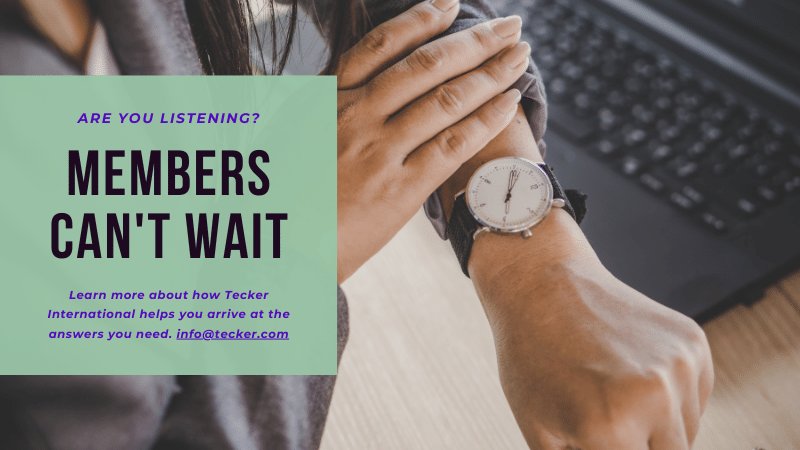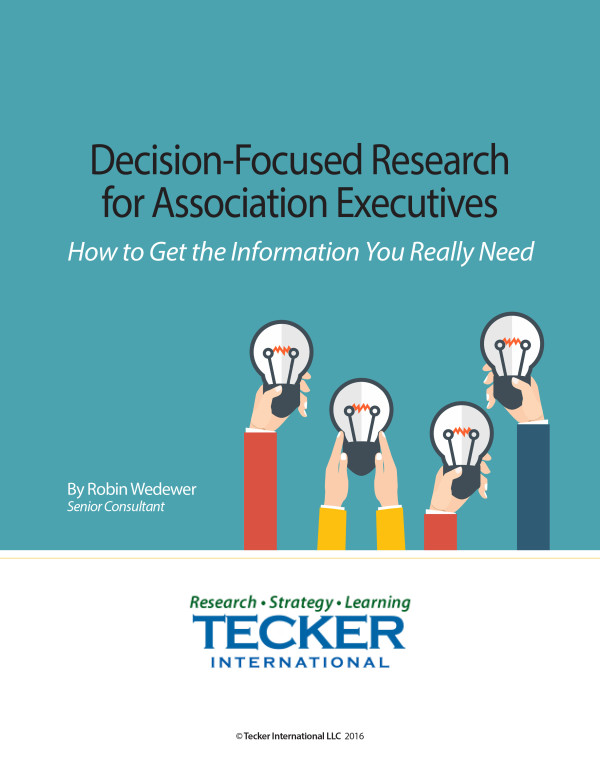“Listening is not a reaction; it is a connection.” – Ursula K. LeGuin
Back when I was in college, I took a job as a supermarket clerk.
It was a job that afforded little glamour and luxury but provided me with a piece of advice that might be one of the most valuable lessons I’ve used over time.
On my first day on the job, one of the grocery store managers was explaining “the lay of the land” to me.
I was not excited about becoming a grocery store checkout girl, but I still wanted to do a good job and so I was listening as he explained things like, “how to scan over 35 items per minute” and “how to memorize grocery items’ codes.”
As I stood next to him, surveying all the check-out lines in action, he suddenly turned to me with a very serious look in his eyes and said,
“Now I’m going to tell you the most important thing to remember for this job.”
I yanked my gaze from the cashier lines and focused on his face, waiting.
“In this job, you are going to encounter some of the angriest, most upset people who will want to yell at you for things you didn’t do.”
He raised his eyebrows and gave me a look that suggested that he’d experienced this a lot and that I should take his words seriously.
“They will be upset about something that went bad after they got it home. Or they bought something and decided they didn’t like it later. Sometimes it’s not even something we sell here at the store! You should always tell them they can take their item to the customer service desk to get a refund or replacement, but sometimes it won’t matter. They’ll still want to yell at you.
Now, it’s not okay if they are threatening, but if they are just angry, I try to imagine what they’re feeling.
If you don’t interrupt them and try to just listen and stay calm, most of the time the problem will resolve itself.
In fact, sometimes they don’t even want a refund. They just want someone to listen.”
I have used that advice in every job I’ve ever had since then and it has served me well.
You probably don’t have angry people coming into your office to yell at you every day or every week. At least, I hope you don’t.
But, when people feel like they aren’t being heard. When life becomes difficult for them and they don’t feel like they have much control, some people will lash out – whether it’s about bad lettuce or a newspaper that wasn’t delivered – because they want respect and to be treated fairly.
For associations, this means making sure that there is a process in place for capturing feedback and responding.
From Reactive Listening to Proactive Listening
You may have noticed that things have been a little unpredictable the past couple of years. We, as a society, are re-evaluating the way we do things. There is a sense of immediacy asking us to solve some big problems.
The way humans have solved big problems throughout history is to come together, and that is what associations do, right? Associate.
“United we stand, divided we fall.”
And associations are in a critical position to lead the way, especially right now. Climate change, disruptive advances in tech, shifting human behaviors, social contracts with BIPOC, LGBTQ+, and the disabled… collectively, we are making changes.
But is your organization making the right changes?
Are these changes enough?
Your community can tell you. In fact, they probably want to tell you. But you have to be willing to listen.
Some Associations *Are* Listening and Changing as a Result
As of this writing, we are working on several projects for associations that are exploring the “member experience.” All of these projects require research in the form of active and curious listening to members.
This type of listening provides critical insights into what’s working and what isn’t.
Just this week, one client’s survey results illuminated some exciting and brutally honest truths that immediately changed how the organization communicates to its members. These insights also lead to future improvements in inclusivity in leadership roles.
(It helps to carve out the most helpful questions that you can, asking short, straightforward questions that distill the responses into beneficial insights. “How to ask better questions” is a worthy question to let simmer in your mind.)
“You can’t learn that which you think you already know.”— Epictetus.
The biggest learning challenge is assuming you already know all that you need to know.
There’s the popular modern moral lesson captured in the catchphrase, “Never ASSUME, because when you ASSUME, you make an ASS of U and ME.”*
*(Often misattributed, this line gained popularity when it appeared in an Odd Couple episode. The episode’s writer, Jerry Belson, said he’d heard his teacher in a typewriting repair class use it years before.)
We should heed this warning.
Assumptions are often the death of curiosity and learning.
You Can’t Stop Asking Questions
Even once we have arrived at answers and results, we should avoid assuming that the truths of the day will remain valid in perpetuity.
“Believe those who seek the truth, doubt those who find it….”— André Gide
COVID-19 has changed the world. Has it changed your members’ needs? Most likely. If you want to ensure you hear your members’ voices, you must first listen.
To ask better questions, strive to understand the people in your community. Research can be an excellent way to learn more about your members and their needs. Asking good questions in research can lead you to ask even better questions in the future, and there is immense value in asking better questions.
“Words are only the outer clothing of ideas.” – Agatha Christie.
*Ways to listen – all of these approaches have their strengths:
- Qualitative and quantitative research
- Designing online surveys
- Gathering information on the current and anticipated environment for industry and critical issues facing members
- Conducting in-person focus groups
- Mega Issues sessions
Individually or used in tandem, these are helpful ways to hear what your members have to say.
Listening Projects Are Not “One Size Fits All”
Another of our current projects is a three-year endeavor to create a process that will allow the association to understand, organize and process ongoing input from a highly engaged and communicative membership.
Indeed, not all projects need to be that long and involved, but the goal is worthy. This client is committed to untangling the knots to find the best way to create a steady stream of member insight. It certainly demonstrates a commitment to the cause!
Learn from Others
You can also learn how other associations have incorporated member insight into their projects.
Some recent Association Chat interviews feature listening: Optica’s rebrand, ASAE’s Executive Director Michelle Mason’s “Listening Tour,” and the European Society of Association Executives’ president Mike Morrissey talking about moving European associations into an uncertain future.
Improve the Experience: Applying What You Learn from Listening
Once you’ve done the great work of listening, you can create better experiences. Here are some unique resources to consider when you’re ready to take an advanced approach to member experience:
– David Allison’s work with Valuegraphics requires you to let go of your assumptions about generations and demographics and explore who your members are by their values that impact how and why they make the decisions they do.
– Storycraft Lab’s Experience Profiles are a set of audience archetypes that are a tool for event planners and creators to introduce personalization into their experiences and build engagement tailored to the audience. Experience Profiles are not typical customer journey mapping, which is quite helpful but not in the same category as what Naomi Clare Crellin’s team does here.
Members can’t wait.
They need us to understand that the world is changing fast and they need to feel that we are listening to them.
Many times, making big changes is uncomfortable. But worse than the discomfort of change is the pain we feel when we didn’t change and should have. We have to listen.
After all, as Dolly Parton once said, “If you don’t like the road you’re walking, start paving another one.”


